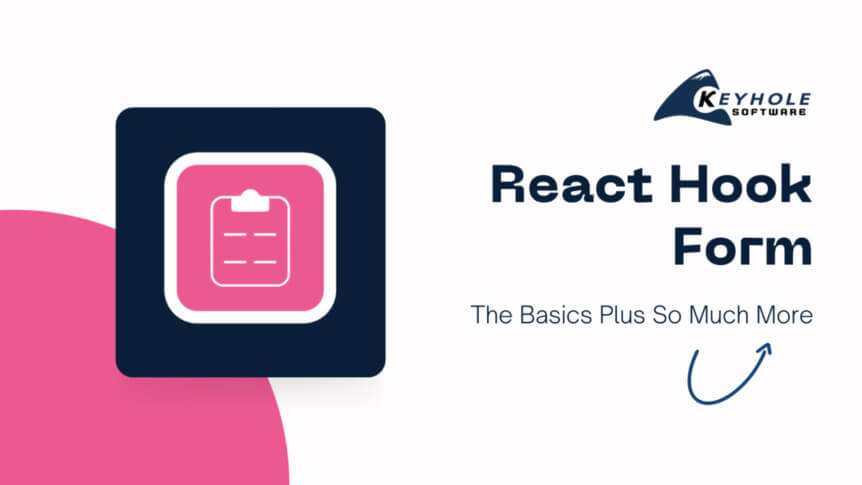In this post, we will explore Apollo Client integrated with a React application and how it provides an abstraction layer between a JavaScript application and a GraphQL server. The features Apollo Client offers make it a prime choice for devs also using GraphQL.
We’ll begin by discussing what Apollo Client is and how it can be advantageous over other state management libraries. And finally, we will look at some example React queries for retrieving and mutating data.
Let’s get started.














